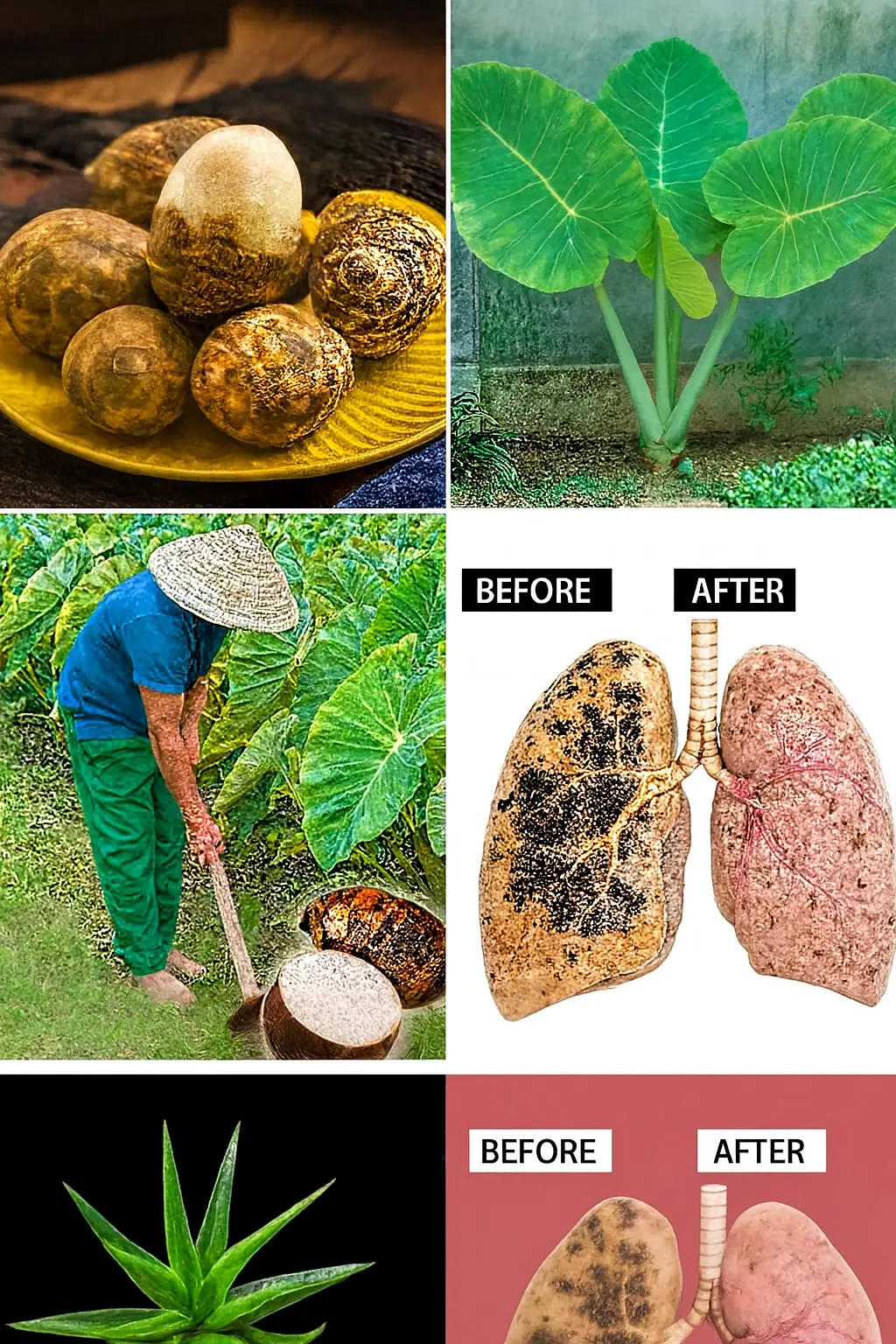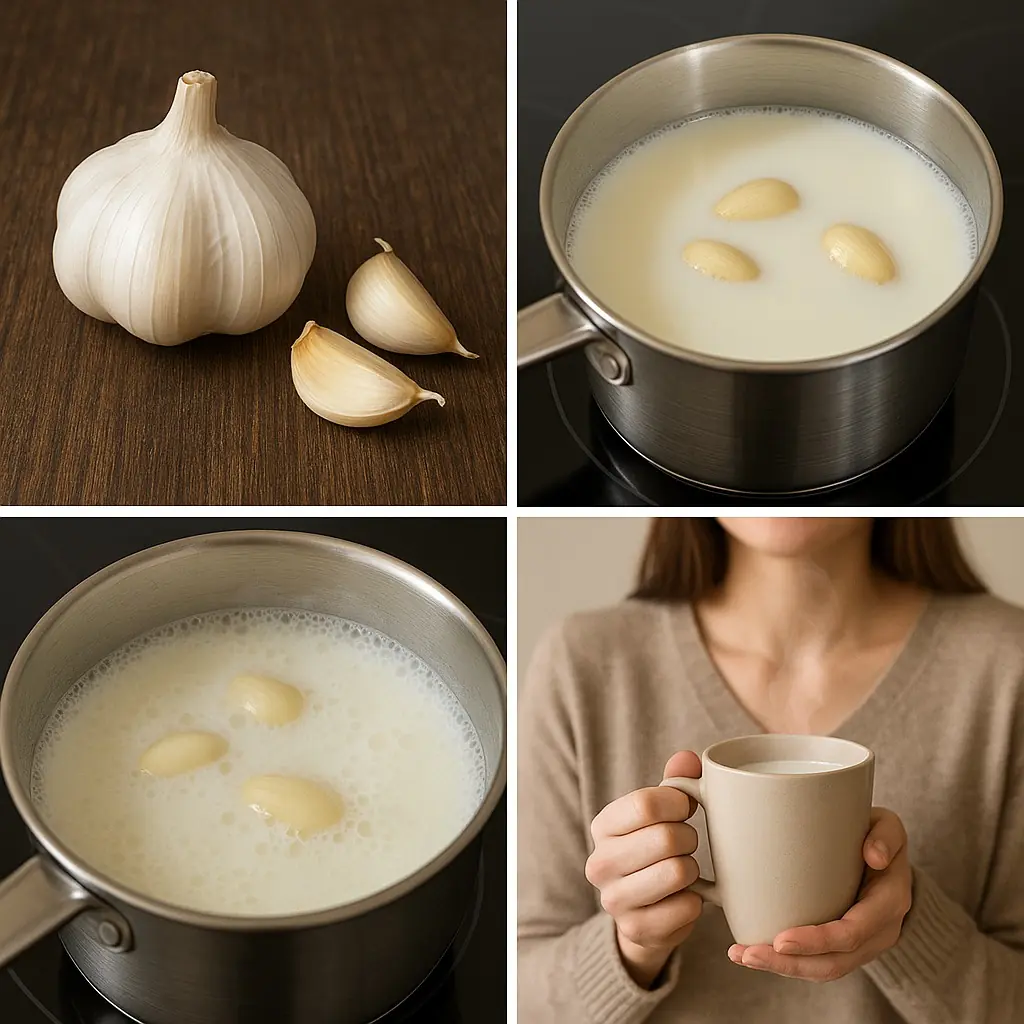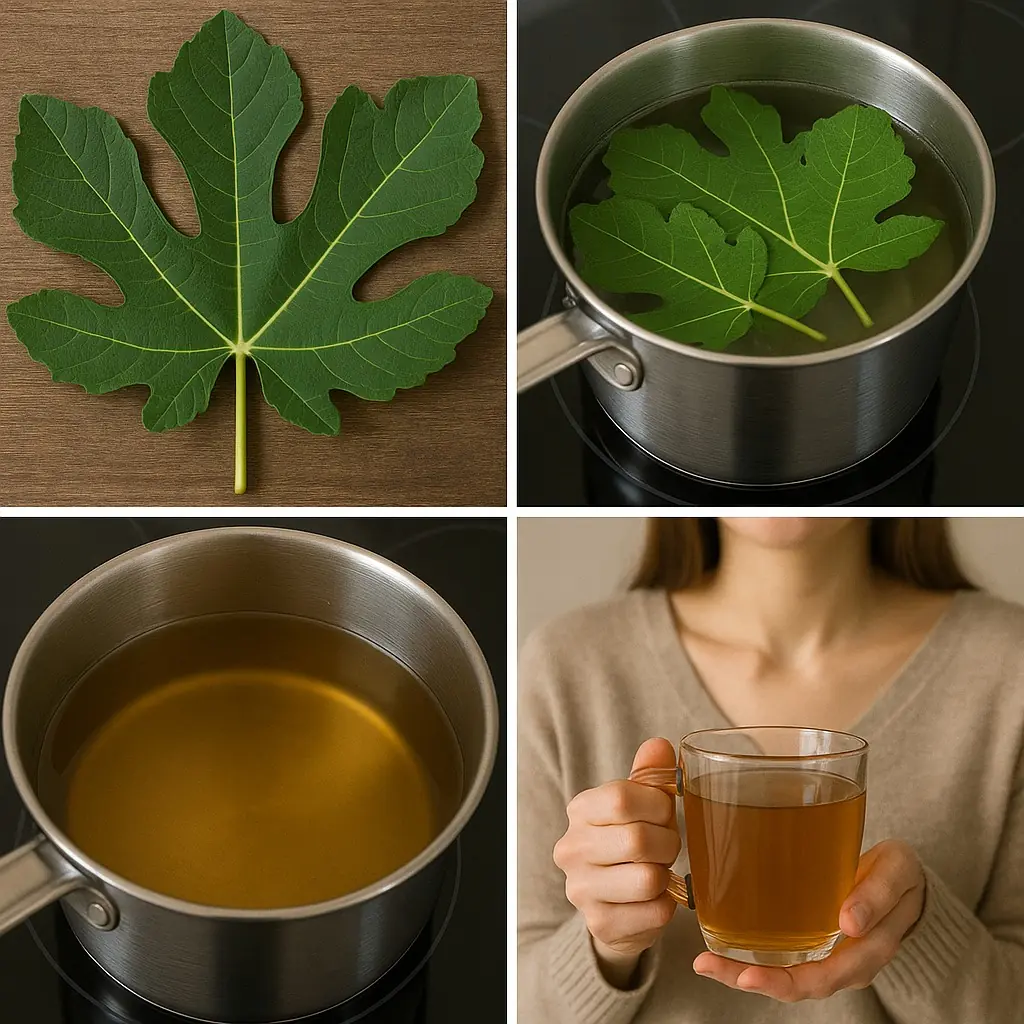
🌳 What if a single tree could produce a substance so versatile it’s been revered for centuries, yet remains a secret to most? Fig sap, the milky lifeblood of the fig tree, is a natural wonder that flows with untapped potential. From ancient remedies to modern applications, this sticky, white liquid holds a captivating story of resilience, healing, and utility. Why has this humble sap fascinated herbalists, farmers, and artisans alike? Let’s dive into the enchanting world of fig sap, exploring how to collect and prepare this elusive elixir while uncovering its timeless allure.
The Enigmatic Power of Fig Sap
🌿 Fig sap, or latex, is the milky fluid that oozes from the stems, leaves, and unripe fruits of the fig tree (Ficus carica). This unassuming substance is far more than a byproduct—it’s a powerhouse of bioactive compounds. Packed with enzymes like ficin, antioxidants, and other phytochemicals, fig sap has been used for everything from soothing skin ailments to aiding digestion in traditional medicine. Its versatility doesn’t stop there; it’s also a natural coagulant and even a tool in artisanal crafts.
The sap’s potency comes with a caveat: it’s caustic in its raw form, capable of irritating skin or eyes if mishandled. Yet, this very intensity is what makes it so intriguing. Properly harvested and prepared, fig sap transforms from a wild, untamed substance into a valuable elixir, ready to reveal its benefits. The journey from tree to application is a delicate dance of skill and respect for nature’s gifts.
Why Fig Sap Captivates Our Imagination
✨ There’s something primal about fig sap that draws us in. Perhaps it’s the way it flows like a living essence, a reminder of the tree’s vitality. Or maybe it’s the duality of its nature—both healing and harsh, nurturing yet protective. For centuries, cultures across the Mediterranean, Middle East, and Asia have woven fig sap into their traditions, using it to treat warts, soothe insect bites, and even preserve food. Its historical significance, paired with its modern potential, makes it a subject of endless fascination.
The fig tree itself adds to the mystique. Revered in mythology and religion, from ancient Greece to biblical tales, the fig tree is a symbol of abundance and wisdom. Its sap, then, feels like a sacred extract, a liquid embodiment of the tree’s enduring legacy. For anyone drawn to the intersection of nature, history, and science, fig sap is a treasure waiting to be explored.
Harvesting Fig Sap: A Careful Craft
🌱 Collecting fig sap is an art that requires precision and respect. The best time to harvest is early morning, when the sap flows most freely, typically in late spring or early summer before the figs ripen. Choose young, green stems or unripe figs, as they yield the most sap. With a sharp, clean knife, make a small incision, and watch as the milky liquid begins to seep. Use a clean glass or ceramic container to collect the sap, as metal can react with its compounds.
Safety is key. Always wear gloves and protective eyewear, as raw fig sap can cause skin irritation or allergic reactions in some people. Collect only what you need—overharvesting can stress the tree. Once collected, the sap must be handled quickly, as it begins to coagulate within minutes, forming a sticky, rubber-like substance. This rapid transformation is part of its charm, but it demands swift action to preserve its usability.
Preparing Fig Sap: Unlocking Its Potential
🔬 Turning raw fig sap into a usable elixir requires careful preparation. Fresh sap can be diluted with water or mixed with a carrier oil, like olive or coconut oil, to reduce its potency for topical use. For traditional remedies, such as wart removal, a small amount of sap is applied directly to the skin, but only after testing on a small area to ensure no adverse reactions. To store, refrigerate the sap in an airtight container, where it can last for a few days, or dry it into a powder for longer-term use.
For culinary or medicinal applications, fig sap must be processed to neutralize its caustic properties. Boiling or blending it with other ingredients can stabilize it, though this requires expertise to maintain its beneficial compounds. Artisans may use the sap’s coagulating properties to create natural rubber or as a binding agent in crafts. Each preparation method unlocks a different facet of the sap’s potential, making it a versatile tool for the creative and curious.
The Cultural and Practical Legacy of Fig Sap
🌍 Fig sap’s story stretches across continents and centuries. In ancient Egypt, it was used in mummification processes, valued for its preservative qualities. In rural Mediterranean villages, it’s still applied to minor wounds or used as a natural insect repellent. Modern science is catching up, with studies exploring its antimicrobial and anti-inflammatory properties, hinting at its potential in pharmaceuticals or natural skincare.
Beyond its practical uses, fig sap carries a cultural weight. It’s a reminder of our deep connection to the natural world, where even a humble tree can yield extraordinary gifts. Its ability to heal, preserve, and transform resonates with our desire to harness nature’s secrets for health and creativity.
Bringing Fig Sap into Your Life
🌿 Ready to explore fig sap for yourself? If you have access to a fig tree, start small by collecting a few drops and experimenting with its applications. For topical uses, dilute the sap and test it cautiously. If you’re not near a fig tree, some herbal markets sell processed fig sap products, though fresh is always best for potency. Always consult with a professional before using it medicinally, as its strength requires respect.
Growing your own fig tree can also bring this elixir closer to home. Fig trees thrive in warm climates with well-drained soil and plenty of sunlight, making them a rewarding addition to gardens or even large pots. As you nurture the tree, you’ll gain a deeper appreciation for the sap’s journey from branch to bottle.
Why Fig Sap Keeps Us Enchanted
✨ Fig sap isn’t just a substance; it’s a story of nature’s complexity and generosity. Its ability to heal, protect, and transform taps into our curiosity about the world around us. Each drop of sap carries the legacy of the fig tree, a symbol of life and resilience that has shaded humanity for millennia. Whether you’re drawn to its practical uses or its historical allure, fig sap invites you to slow down, observe, and connect with the rhythms of the natural world.
This hidden elixir challenges us to look beyond the ordinary, to see the magic in the mundane. It’s a call to explore, experiment, and embrace the wonders that lie within a single tree. Let fig sap inspire you to delve deeper into nature’s mysteries, where every leaf and drop holds a story waiting to be told.








































